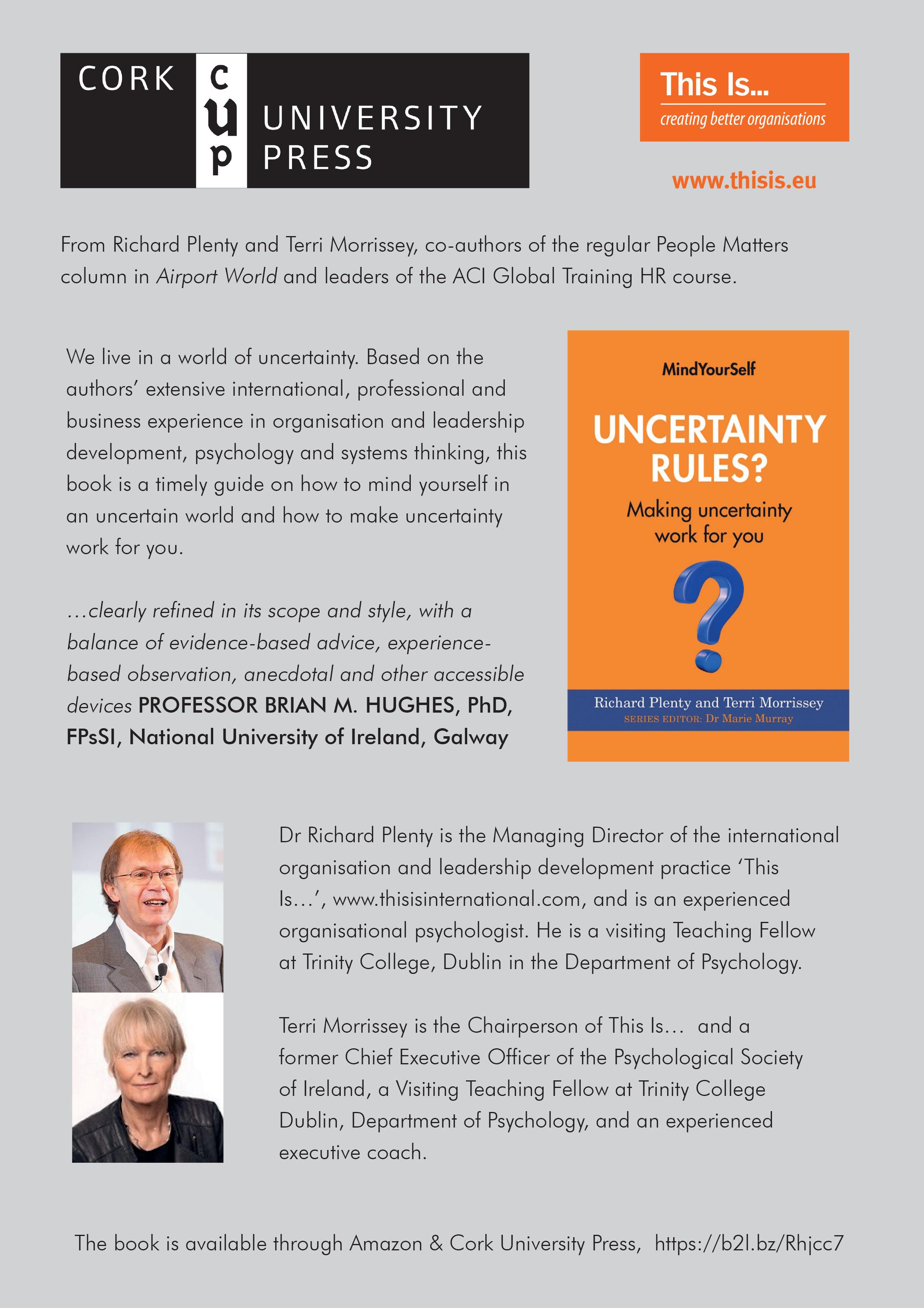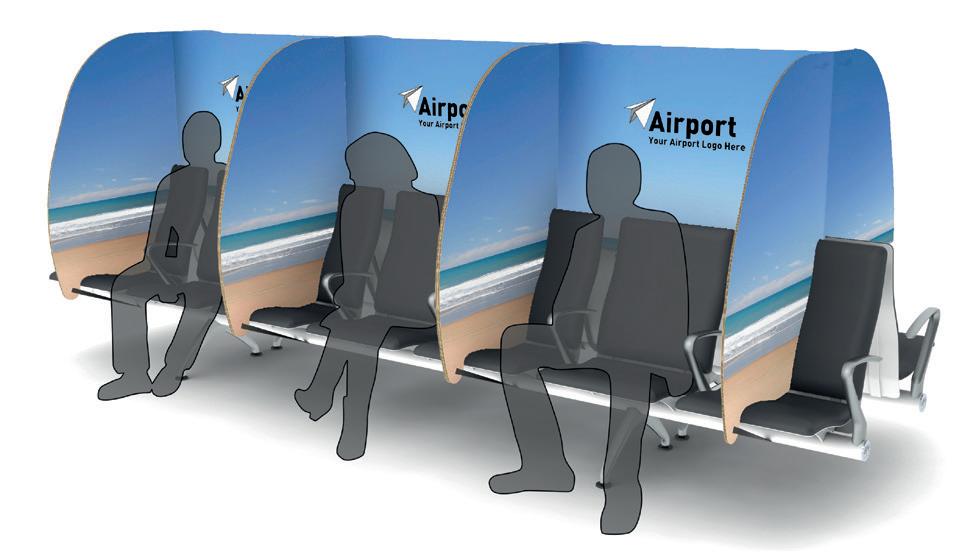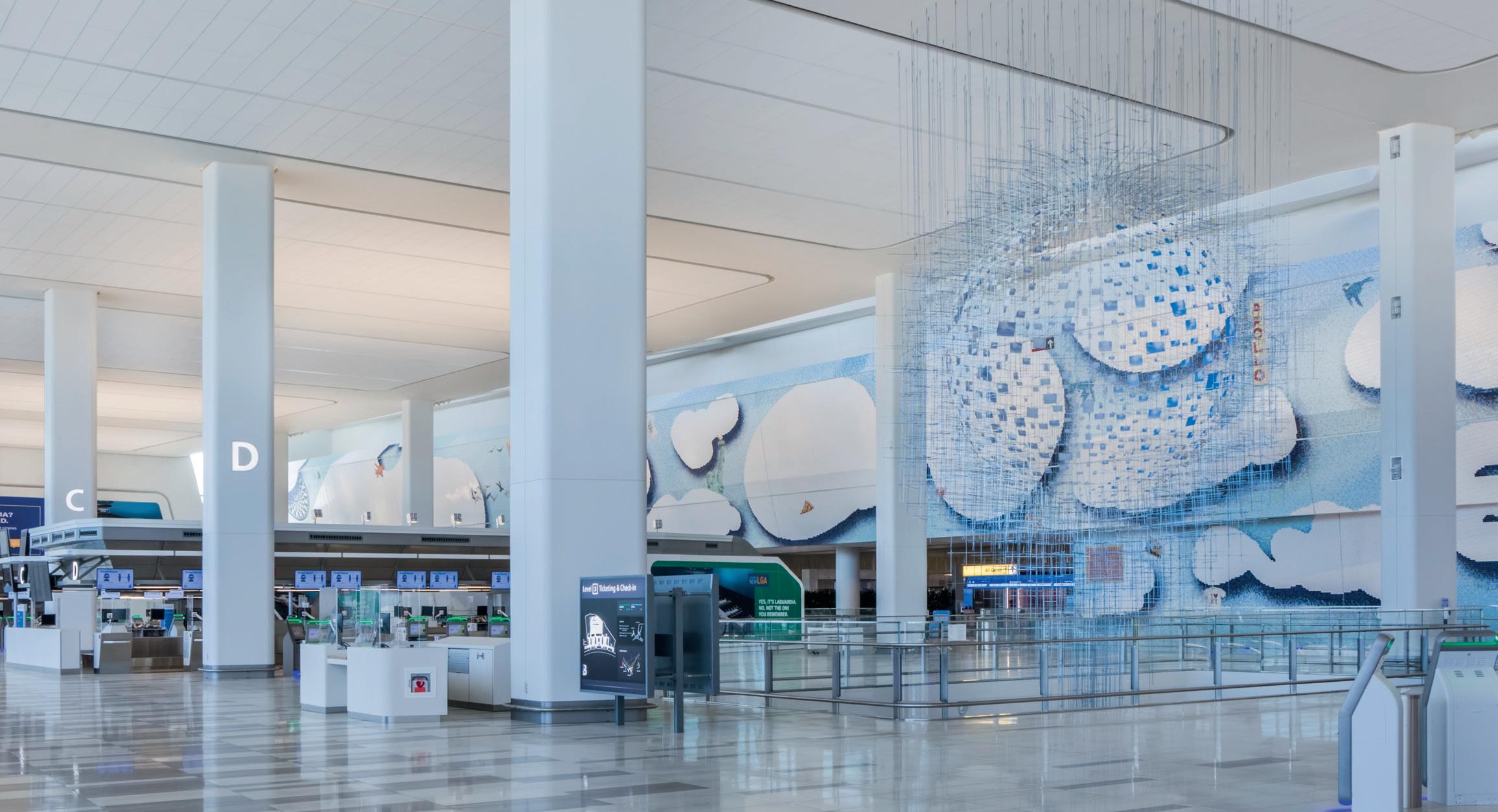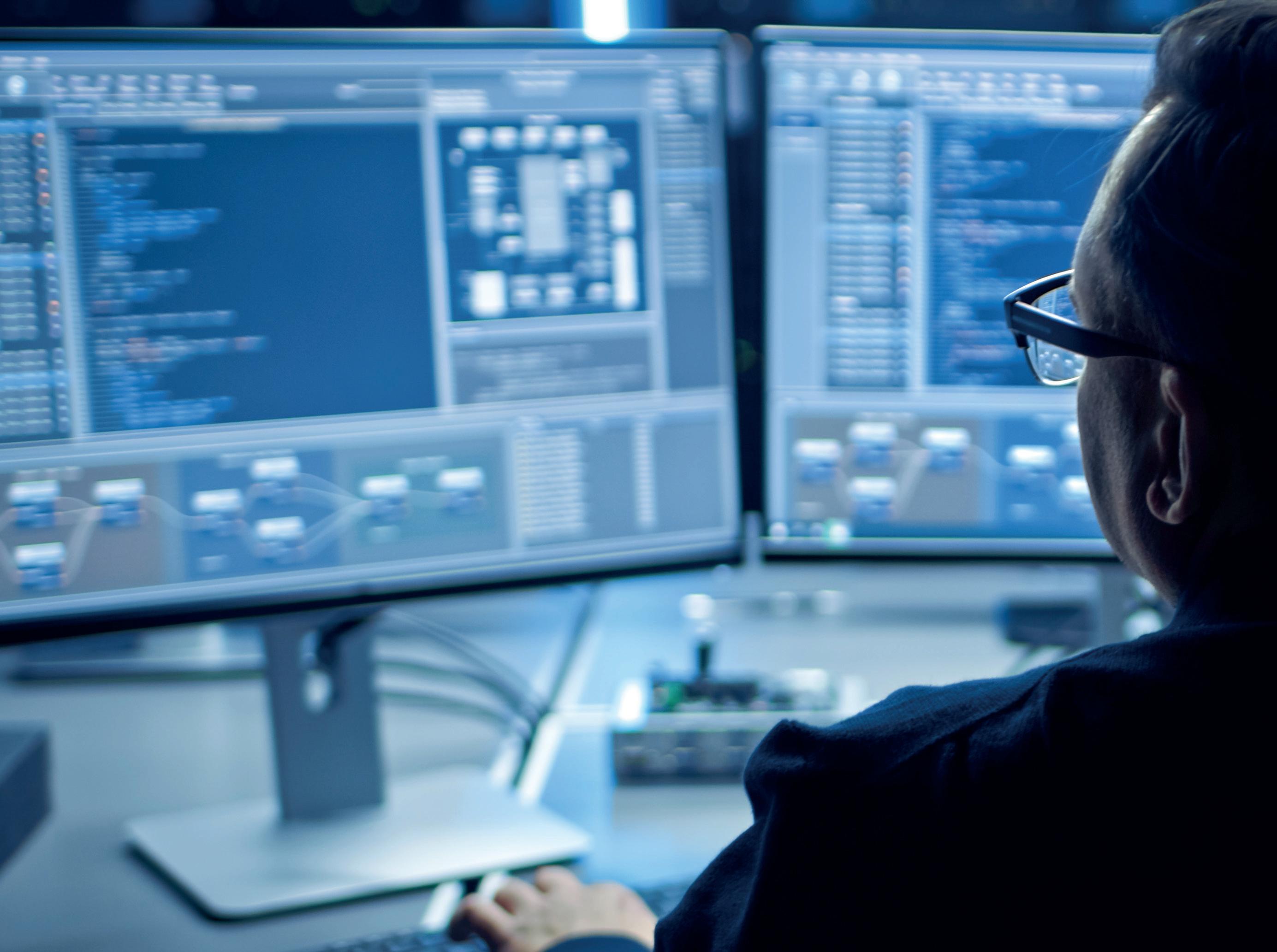
6 minute read
Screen test
Technology will play a key role in ensuring that aviation security is equipped for a COVID-19 environment and beyond, writes Smiths Detection’s global aviation director, Richard Thompson.
Though the COVID pandemic continues to unfold, airlines and airports around the globe are slowly restarting their operations as domestic and international travel begins to pick-up once again.
Advertisement
The introduction of a number of new health and social distancing measures at airports has helped make this possible and restore confidence in air travel, although airport security checkpoints continue to pose a unique challenge.
This is due to the high contact nature of the screening process that traditionally has required close interaction between operators and passengers and tends to create queues. Technology, however, can help to overcome these challenges while improving operational efficiency.
As stated by IATA, a “general move towards greater use of touchless technology and biometrics” will help to address the challenges brought to the fore by COVID-19. Automation technologies not only have the capability to future proof security checkpoints against biological threats because they reduce touchpoints, but also have huge potential to create efficiencies for airports at a time when operational expenditure and efficiency are imperative.
The concept of a more automated checkpoint is not new, of course, but now what has always been an ideal, has become more of a necessity as airports not only want to ensure operations get back up and running as quickly as possible in a COVID-19 environment, but are more effective, seamless and adaptable at the same time.
The building blocks of a low-contact checkpoint
There is security equipment already in use that helps minimise contact during the screening process. For example, explosive trace detection (ETD) equipment, commonly used around the globe, is being recommended by Airports Council International (ACI) for alarm resolution instead of hand searches to reduce physical contact between security staff and passengers.
Millimetre wave portals can also reduce contact by removing the need for full pat-down inspections by identifying which specific areas of the body need to be investigated.
In the future, the operational procedure for millimetre wave portals could include self-clearance, with passengers who have set off the alarms removing any personal items, without the need for close interaction with a security operator. A remote screening capability for the operator is also available.
Although the usage of trays at the checkpoint creates a high-touch point and therefore increases the chances of virus transmission, short-wavelength ultra-violet (UV-C) light can be used to kill up to 99.9% of disease-causing micro-organisms found on trays as they are transported from the reclaim area back to the divest station ensuring every passenger is presented with a disinfected tray.
UV-C kits can easily be retrofitted into existing tray handling systems and will reduce the risk of contamination while providing longer-term protection against bacteria or viruses.
The effectiveness of UV-C mercury lamps for SARS-CoV-2 deactivation has been validated by the Boston University in a lab test. Ultraviolet Germicidal Irradiation (UVGI) is also recognised as a recommended method in a multiple-barrier approach to reducing the transmission of COVID-19 by ACI Europe in their recently launched Guidelines for a Healthy Passenger Experience at Airports and may help airports gain ACI Airport Health Accreditation (AHA).
To significantly reduce the number of trays handled by staff and passengers, EDS CB C3 approved computer tomography (CT) cabin baggage scanners can allow for liquids and laptops to be left inside passenger bags for screening.
CT systems reconstruct data from hundreds of different views into volumetric 3D images and create rich data to deliver a false alarm rate (FAR) that can be as low as 5%. Some protocols require every bag generating an alarm to be opened and physically examined, creating close contact between security officers and the bag contents, as well as the passenger.

Reducing the FAR is critical to reducing contact, interaction and to freeing up operator resource to improve efficiency.
According to the ICAO Council Aviation Recovery Task Force (CART) report, “whenever screening checkpoints are processing a high number of passengers, staff and crew screening should be performed in dedicated checkpoints and separately from passengers (as an additional preventive health measure), where possible”.
One of the best ways to reduce unessential interaction at the checkpoint is to remove the need for operators to be physically present for screening. Remote screening, enabled by centralised image processing allows operators to work in separate rooms, creating more space at the checkpoint and reducing the number of people involved in the screening process. This would also significantly reduce queue times by boosting operator efficiency.
Even with screening operators removed from the checkpoint environment, queues at the checkpoint are still a concern in the COVID-19 era. At 50% capacity, social distancing measures in airports would create bottlenecks, which may ultimately prevent passengers from maintaining physical distance from each other should there be significant build up.
This is where queue management and people tracking technology can help, by providing real-time data on passenger flows so that resource and queue management strategies can be actioned to prevent possible build-ups. In the summer season, traditionally a time when passenger volumes increase, this technology can be enhanced or scaled up as required.
The future is automated
The most effective long-term solution for contactless and seamless security processes is to create a fully automated self-service checkpoint. Although not yet a reality, automated features can be enabled by the application of AI-powered software to enhance existing security systems.
Detection algorithms, enabled by machine learning, imitate the way the human brain processes data and identify patterns for use in decisionmaking. The vast amounts of data collected through checkpoint
processes and access to prohibited items can be used to train and refine algorithms to achieve a highly reliable rate of automatic detection through object recognition.
Algorithms are readily available for use at the checkpoint to support security operators with their decision making and could also enable alarm-only viewing of X-ray images to significantly improve passenger flow, and reduce unnecessary interaction between operators and passengers, in addition to boosting security levels.
As an emerging area, the urgent need for this type of contactless and efficiency boosting technology could mean that we see the capabilities of AI powered algorithmic software expand at a fast pace, and gain the regulatory approval required to implement such software safely in airports.
An opportunity to rebuild right
The full recovery of the aviation sector may still be a long way off in the wake of the pandemic, but significant steps have already been made to adapt operations to support the return of passenger volumes in a safe and responsible way.
Those initial steps have been essential, but more comprehensive and long-term measures are required to ensure the airport screening process is robust and flexible enough for pandemic environments and other potential threats, while also creating the best passenger experience possible. In combination with alarm-only viewing protocols enabled by prohibited item detection algorithms, bringing false alarm rates down towards zero will be a major milestone for automated, efficient and secure checkpoint screening, and one of the ‘grand challenges’ for solution providers in the coming years.
The implementation of interoperable, data-driven and risk-based solutions coupled with the integration of security screening into the wider aviation ecosystem, such as passenger facilitation systems, through biometric identification will support contactless passenger journeys and increased operational efficiency.
Reducing contact, inefficiency and passenger anxiety will be key to airports’ full recovery and ultimately competitive advantage. Now airports, airlines and their technology partners have the mandate and opportunity to introduce significant enhancements to the checkpoint screening process.










